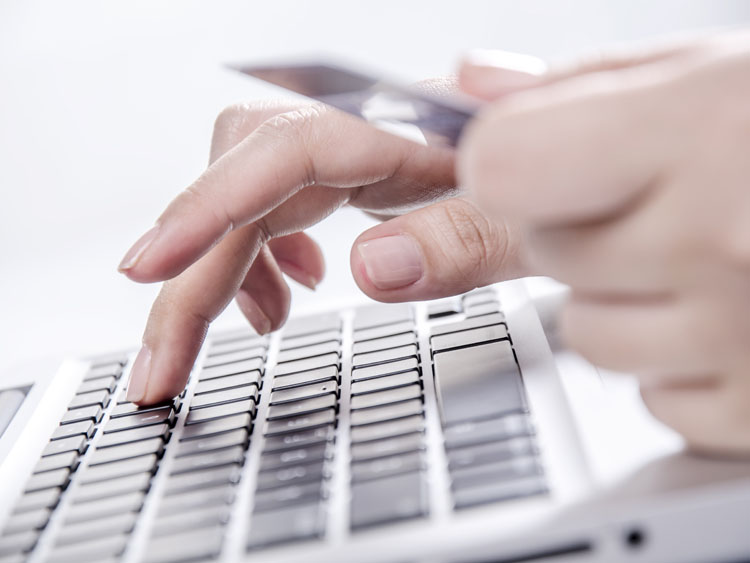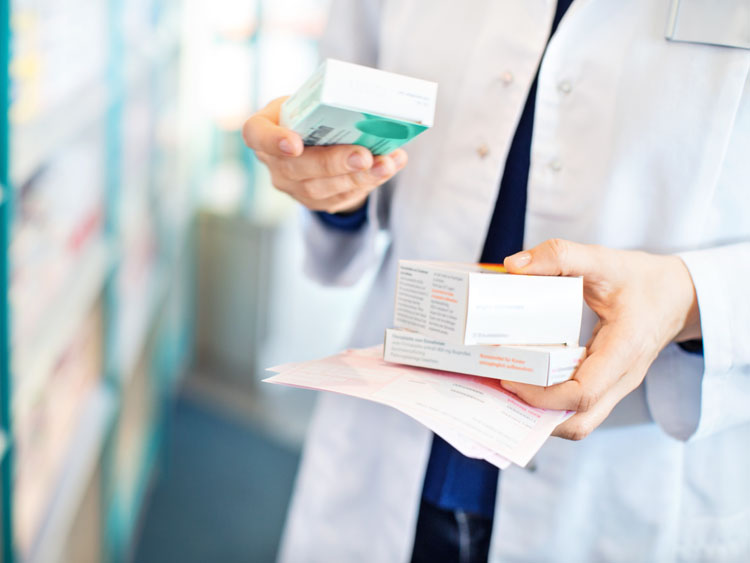Those in charge of marketing for a nutraceutical brand know that traditional medical detailing is costly,and doctors can see 50 patients per day at most.
However, there is a more efficient way for brands to get their message to consumers than through healthcare professionals.
Recently, many doctors and pharmacists have become active on social media, enabling them to reach thousands of patients in minutes. Influencer marketing is a powerful tool and it has now become fit for science-based supplement brands.
Together with Epidemic, an influencer marketing agency with an awarded AI-based platform, PharmaLinea set to answer the pivotal question for brand owners: “Why should I redirect some of my budget to influencer marketing?”
First, brands need to realise how influencer marketing compares with other promotional channels in cost, efficiency and reach.
Lately, many brands are making changes to their budgets, switching from print and TV to influencer marketing.
According to Statista, micro/nano influencers reach up to 100 thousand people, with a 5% engagement and an average cost of $5000 per campaign.
By contrast, with TV ads, a campaign potentially reaches about 1 million people. However, the cost per person is much higher (about $100,000 per campaign) and the engagement is lower (1%) than with influencer marketing.
An important thing with influencer marketing is that the reach is always 100% real people — if we assume that brands are analysing the audience of their chosen influencers.

TV numbers are not always realistic because of rewind functions. It's not just about efficiency or even the efficacy of money invested. Crucial factors are also how real the people behind these numbers are and how engaged they are.
Moreover, credible healthcare professionals can authentically promote science-backed products to their extensive online followings, vastly outreaching conventional in-person consultations.
The bottleneck of traditional pharma advertising is medical detailing when representatives visit doctors. This has been a mainstay of pharma marketing, which undoubtedly works. However, it's expensive and time-consuming.
Influencer marketing provides a powerful combined effect because it's not only cost-effective, it also reaches a wider audience and taps into the trust that people already have in e-health figures on social media. This mirrors the way that brands tap into patients’ trust in their doctors.
Influencer marketing does the same thing but casts a wider net.
The most important rule about partnering with influencers is to partner with credible voices within the industry.
These are people who resonate with your brand's target audience: doctors, pharmacists, nurses or wellness bloggers.
They can also just be social media personalities who have built a reputation for expertise in the pharmaceutical or nutraceutical industry and trust with their followers. The right persona depends on the goal of the campaign.
How does an influencer campaign begin and what happens during it?
At the beginning of a campaign, goals are set and strategies are defined. After that, influencers are selected, screened and approved.
Depending on the goal, a campaign is launched: either an awareness campaign, a conversion campaign, an educational campaign or an engagement campaign.
During the campaign, optimisations are made. The final step of the process is campaign analysis.
Many pharma and food supplement companies (including PharmaLinea's clients) are already thriving through influencer marketing. One of our clients in a Southeast Asian market sold more than 3 million units of bone health products in 2023 with marketing based on doctor influencers.

They use other promotional channels, such as TV ads and native ads on media websites to generate awareness and build credibility; but, for more details, they use influencers.
What they noted is, that doctor influencers may have a slightly smaller following than lifestyle influencers, and therefore smaller reach, but a much larger effect on consumers.
In some markets, forms of pharmacist influencer collectives exist of companies that work exclusively with pharmacist influencers.
They recruit the best pharmacists and equip them with everything they need to produce content. Such a collective exists in a Southeast Asian market, where one of our clients is present.
Through this collective, our client managed to sell out 11,000 units of their iron product in 3 days. This showcases the power of this promotional model and it comes as no surprise that our client plans to invest more into it in the future.
To conclude, we would like to note that influencers will continue to prosper and will continue to affect the purchasing decisions of consumers.
So why not use the credible ones to promote credible products?
Partnering with influencers, who are selective about the products they promote, can bring substantial results. For every brand that doesn't utilise this channel, someone else will and they will take market share ... possibly with lower-quality products.
